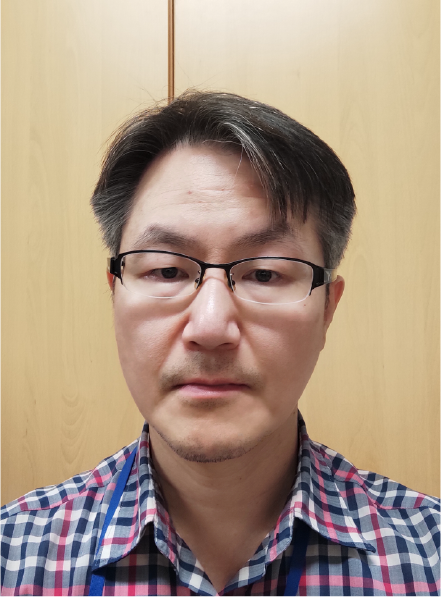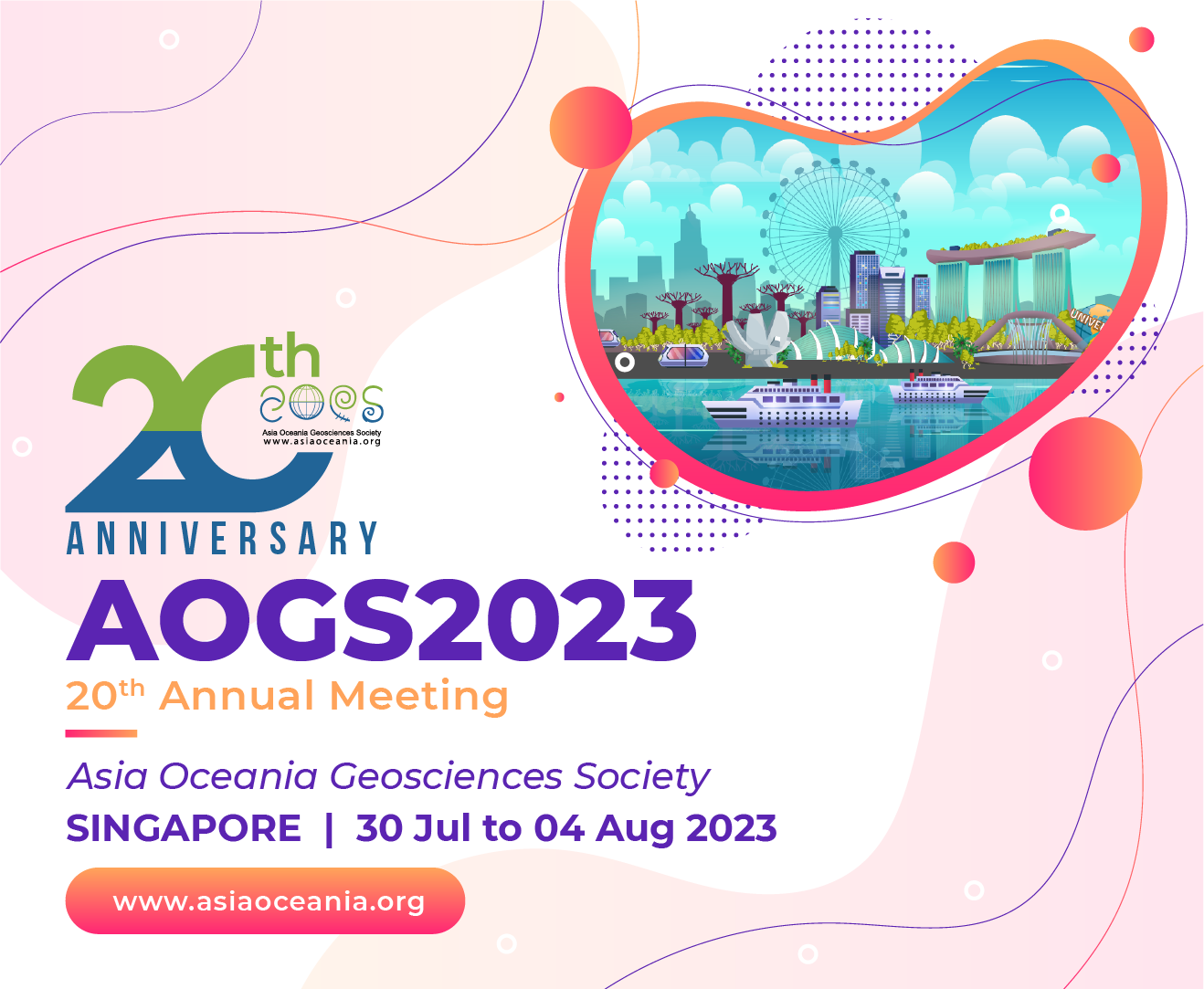

Dai Ho KO
Korea Aerospace Research Institute
Dai Ho received the M.S. degree and Ph.D degree in physics from the Korea Advanced Institute of Science and Technology, Daejeon, Korea in 2004 and 2008, respectfully. He studied space radiation environments and their effects on EEE parts which are implemented in spacecrafts. He joined Korea Aerospace Research Institute from 2007 and has worked for spaceborne - hyperspectral imager and infrared camera as a responsible leading engineer and also worked for the airborne hyperspectral imager as a project manager. He joined the GEMS program from the project beginning in 2009 and had done successfully In-Orbit -Test of the GEMS in 2020. His research interests includes space radiation environment, radiation tests for EEE parts, FPGA design and programming, space/airborne hyperspectral imager, and infrared cameras.
Special Session 01: Space Agency Perspectives on the Remote Sensing of the Earth
02 August (Wednesday) | 10:20am – 12:20pm │MR335
Introduction to the Geostationary Environmental Monitoring Spectrometer (GEMS) on a Spacecraft and the Environmental Monitoring Spectrometer for Aircraft Platform (EMSA)
Korea Aerospace Research Institute (KARI) has successfully developed Geostationary Korea Multi-Purpose Satellite 2B (Geo-KOMPSAT-2B) which carries the Geostationary Environment Monitoring Spectrometer (GEMS) along with the Geostationary Ocean Color Imager 2 (GOCI-II) on February 2020. GEMS was joint-developed by the KARI with the Ball Aerospace Technologies & Corporation from year 2013. After launching the GEMS, KARI also developed the aircraft-based hyperspectral imager named Environmental Monitoring Spectrometer for Aircraft Platform (EMSA) to monitor air quality with higher spatial resolution and a comparable spectral performance with the GEMS. In addition to the GEMS and EMSA, KARI’s effort to the monitoring of the air quality from the space is briefly presented.
